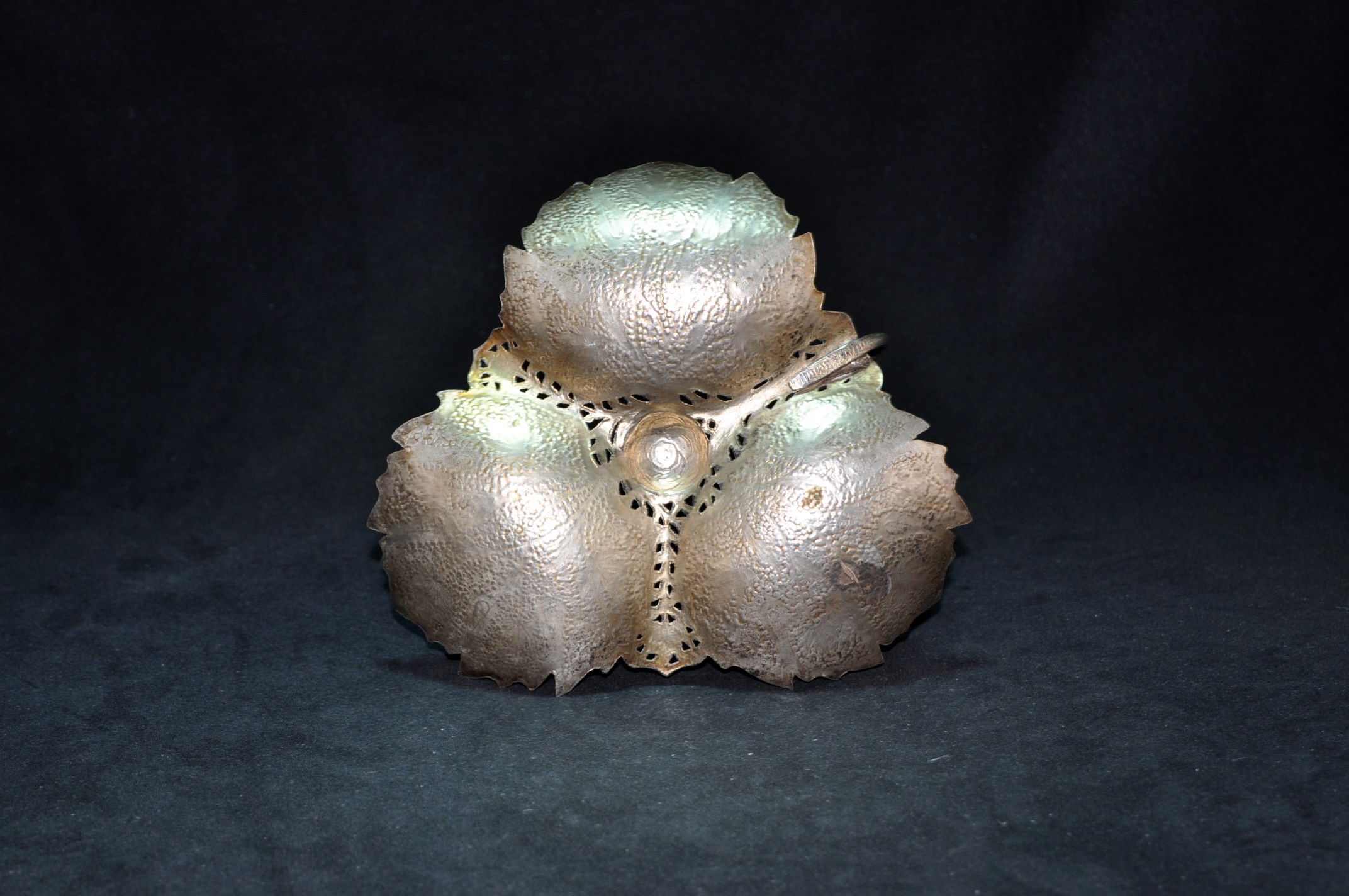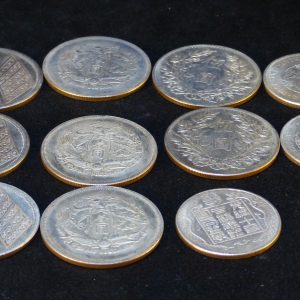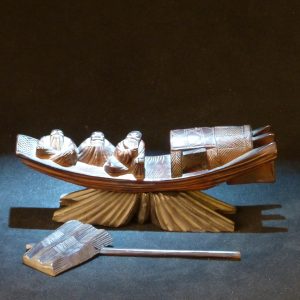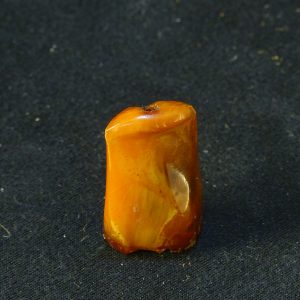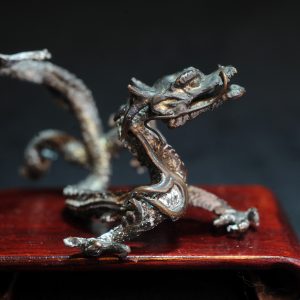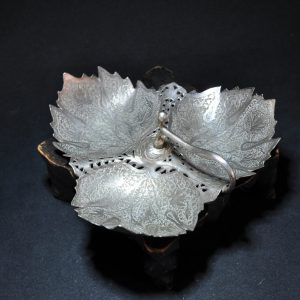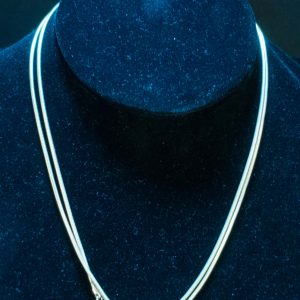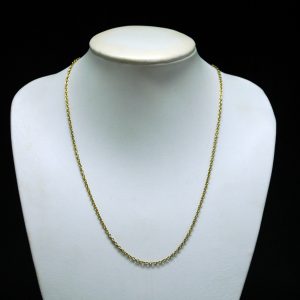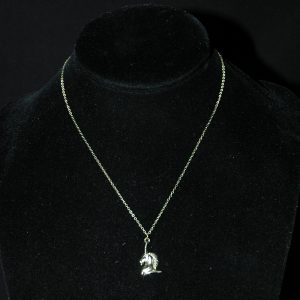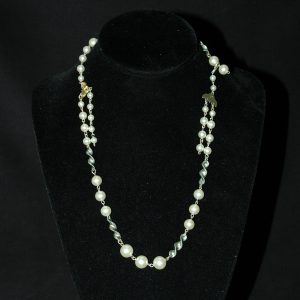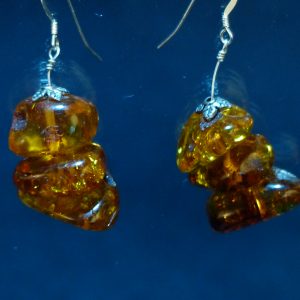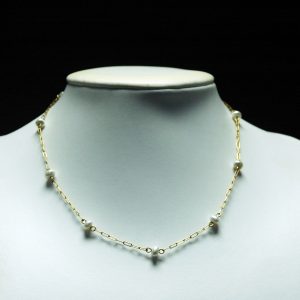Description
欧洲 錾法国梧桐 3叶形拼盘纹银果盘
Indian Silver during the Raj
A small collection of silver from India, all of it dating from the Raj Period, some of it made by local Indian silversmiths, some by British Colonials. The collection includes the work of Orr and Hamilton, as well as Oomersi Mawji, Dass & Dutt, and others, in the regions of Kutch (Cutch), Madras (Chennai), Lucknow, Calcutta (Kolkata), Kashmir, and Rajasthan.
Kashmir, considered a kind of paradise since Mughal time, was known for its shawls of a characteristic, mango-shaped “bouteh,” or paisley, design. Local silversmiths, predominantly Muslim by culture, incorporated paisley patterns into silver objects. Popular forms include the region’s forms of kashukul (boat-shaped bowl) and kangri (a hand-warmer made to hold charcoal), which were incorporated into tea services.
Another popular Kashmiri theme for silver was the Chinar-leaf design. The booune (chinar) was introduced to Kashmir in about 1586, by Akbar, who arranged for the planting of about 1200 booune trees near the sacred shrine of Hazratbal. The next autumn, when the leaves of the booune tree turned red, the emperor saw the tree from afar and cried out, “Chin-nar!” which means blazing color. From that time forward, the tree was called Chinar and considered the characteristic emblem of Kashmir.
Three-Leaf Chinar-Shaped Sweetmeat Dish 法国梧桐 3叶形拼盘


Kashmir, India, ca. 1890
Sterling silver
Dimensions: 6 in. l x 7 in. w
(15.2 cm length x 17.8 cm wide)
Weight: 3.59 oz. (121 grams)
Sweetmeat dish decorated with two typically Kashmiri themes: the chinar leaf and the mango-shaped paisley design. The piece is composed of three chinar leaves, with each leaf having larger flowers superimposed on smaller, densely incised flowers. The stems of the larger flowers have been placed to suggest the veins of the individual leaves, and the three leaves have been joined by a pierced design of additional stems and leaves.
From the collection of Mr. Mark R. Bates, of Portland, Oregon, whose grandfather, a member of the London regiment the Royal Fusiliers, while stationed in Calcutta during the late 1800s, traveled throughout India and collected many pieces of Indian silver.
Pair of Chinar-Shaped Sweetmeat Dishes法国梧桐 单叶形拼盘
Kashmir, India, ca. 1890
Sterling silver

Dimensions: 5 in. l x 5 1/2 in. w
(12.7 cm length x 14 cm wide)
Weight: 5.42 oz. (216 grams)
This pair of chinar-leaf sweetmeat dishes are so similar to the three-part sweetmeat dish described earlier that they are likely the work of the same workshop, if not the same silversmith. In this pair of dishes, the stems of the leaves loop around to form the handles of the dishes.
Though the two have shield-shaped cartouches for monograms, the pair, in fact, have never been personalized.
See similar sweetmeat dishes in Wynyard R. T. Wilkinson’s Indian Silver 1858-1947, p. 113; and in Vidya Dehejia’s Delight in Design: Indian Silver for the Raj, p. 167.

![[临渊阁]天地一家春](https://www.antiquekeeper.ca/wp-content/uploads/2023/04/BW-Erping-1a-17-6-1.jpg)














